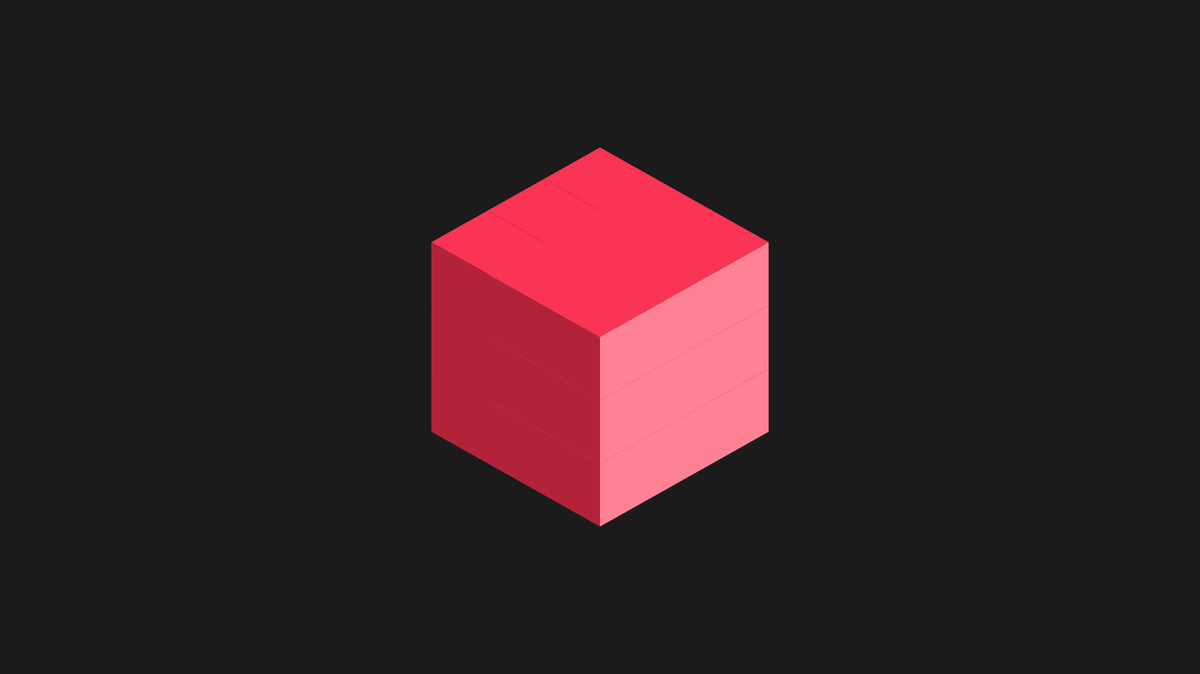In this post we have a web site making an async call to the server, the process continues querying a database and returning the response to the client side in json format, so the whole circuit of the process will be the next
The code in the server-side looks like this
[WebMethod]
[ScriptMethod(ResponseFormat = ResponseFormat.Json)]
public static JsonResult getElement(string atomicSymbol)
{
using (SqlConnection connection = new SqlConnection
(ConfigurationManager.ConnectionStrings["chemical_bd"].ConnectionString))
{
try
{
connection.Open();
SqlCommand proc = new SqlCommand("K_SELECT_ELEMENT", connection);
proc.CommandType = System.Data.CommandType.StoredProcedure;
SqlParameter p_ASymbol = new SqlParameter("@asymbol",
System.Data.SqlDbType.VarChar, 3);
p_ASymbol.Value = atomicSymbol;
p_ASymbol.Direction = System.Data.ParameterDirection.Input;
SqlParameter p_Name = new SqlParameter("@name",
System.Data.SqlDbType.VarChar, 20);
p_Name.Direction = System.Data.ParameterDirection.Output;
SqlParameter p_LatinName = new SqlParameter("@latin_name",
System.Data.SqlDbType.VarChar, 20);
p_LatinName.Direction = System.Data.ParameterDirection.Output;
proc.Parameters.AddRange(new SqlParameter[] { p_ASymbol, p_Name, p_LatinName });
proc.ExecuteNonQuery();
Chemical element = new Chemical()
{
name = p_Name.Value.ToString(),
latin_name = p_LatinName.Value.ToString()
};
return new JsonResult() { Data = element };
}
catch (Exception ex)
{
return null;
}
}
}
Notice that the method which processes the request is defined as static. The class JsonResponse is defined in System.Web.Mvc namespace
The calling code in the client-side has the next structure
function getElement(atomicSymbol) {
var jsonData = new Object();
jsonData.atomicSymbol = atomicSymbol;
var jsonString = JSON.stringify(jsonData);
$.ajax({
url: "callprocedure.aspx/getElement",
type: "POST",
data: jsonString,
contentType: "application/json; charset=utf-8",
dataType: "json",
success: function (response) {
var element = response.d.Data;
$('#lblResult').text(element.name + " : " + element.latin_name);
},
error: function (result) {
alert('ERROR: ' + result.status + ' ' + result.statusText);
}
});
}
The result with a correct execution is the next
<METHOD SOFTWARE © 2013>




